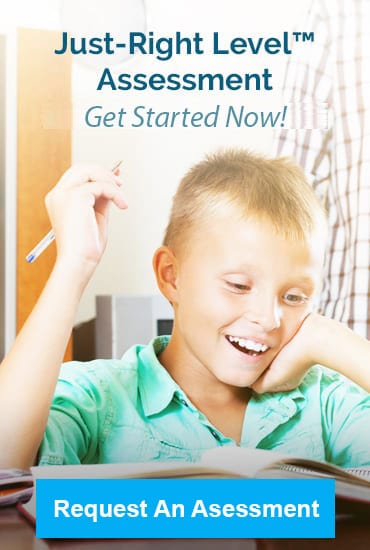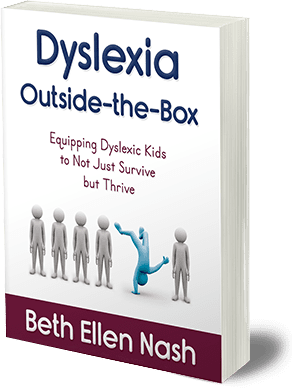Grammar, Usage, and Mechanics and Other Skill Practice

In addition to focused work on building sentence, paragraph, and essay writing skills; applying the 6 Traits and the writing process to longer pieces; and journaling or other free-writing, we recommend workbook or online application drills on a regular basis to build skills to automaticity with immediate feedback from either the parent or the computer program for grammar, usage, and mechanics; vocabulary; spelling; and handwriting and/or keyboarding. It is important to work on building these skills to automaticity separate from when the student is needing to apply the skills. Any skill that is not yet automatic takes up valuable working memory capacity.
Grammar, usage, mechanics: 10 minutes daily
Grammar, usage, and mechanics skills to be practiced include parts of speech, punctuation, capitalization, usage of commonly confused words, and sentence construction.
At Wings to Soar, we use Moby Max Language and Quill to provide most of the practice on grammar, usage, and mechanics skills. PEG Writing also helps by identifying possible misuse of grammar, usage, and mechanics in the context of student’s submitted writing pieces.
Vocabulary: 10 to 20 minutes daily
Students also need targeted vocabulary work including word parts such as prefixes, suffixes, and roots; synonyms and antonyms; and multiple meanings of words.
At Wings to Soar, we use Word Build, Wordly Wise, Moby Max, and ReadAround (within Reading Plus) to provide this practice with the program chosen to best meet the needs of the individual student.
Spelling: 10-20 minutes daily
Most dyslexics need to focus on high frequency words for spelling and add to these any personally relevant words connected to areas of interest. Take a look at the below frequencies-of-use in written English:
Top 300 words 65%
Top 1,000 words 90%
Top 2,000 words 95%
Top 3,000 words 97%
It makes sense to focus time and effort on high-frequency patterns and words for the focus for spelling intervention. If a dyslexic (or other student who isn’t a natural speller) can learn the top 3,000 words targeted in the Wings to Soar Spelling curriculum our Intervention Specialist wrote, they can use spell check to help with the rest. Any other pattern or word can be taught as it becomes personally useful to the student.
We provide our lists in Spelling and Vocabulary City. We also provide worksheets for commonly confused words. Additionally, we recommend that students use the Daily Basic 5 Multisensory Practice that our Intervention Specialist created for all rulebreaker and outlaw words, as well as words that are causing the student difficulty.
Even decent spellers can use practice at least weekly on commonly misspelled words.
Handwriting and/or Typing (about 10 minutes daily)
If the student has to think about forming the letters or frequently erases letters that need to be re-written, they would do well to practice handwriting about 10 minutes daily. We have specially designed handwriting practice pages that go along with our kindergarten spelling and Wings to Soar Spelling Foundations course. Students using Spelling and Vocabulary City can print off print (traditional or modern) or cursive handwriting practice pages in 3 sizes to allow them to use their spelling words to practice their handwriting and get extra practice.
By around age 8, most students would do well to begin learning to touch-type.
If your student is having significant difficulty getting their thoughts out onto the page when they have to write themselves or type it, then I recommend they get used to a speech-to-text tool such as the free Voice Typing tool in Google Documents for their everyday assignments. While they get comfortable with this tool, be their scribe if necessary.



